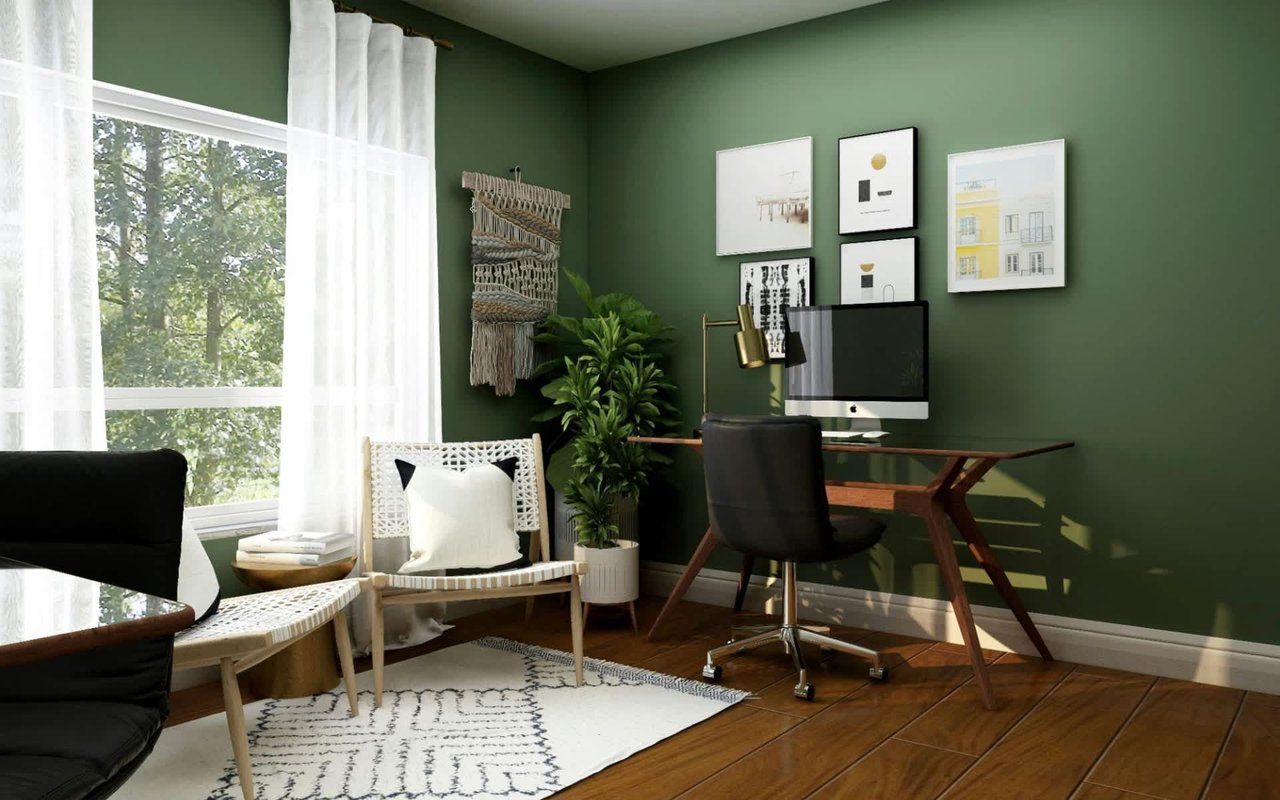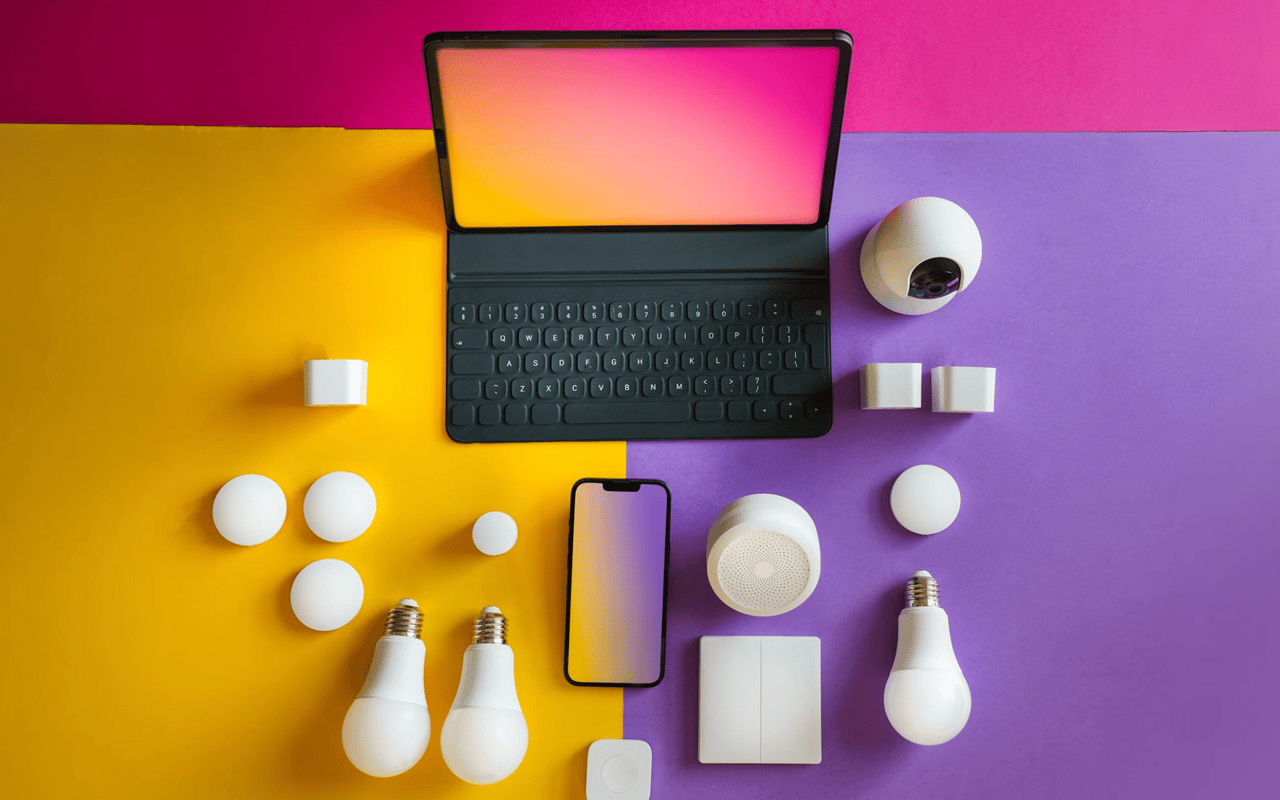Designing a home office can be both an exciting and challenging task. As remote work becomes more prevalent, having a dedicated and well-designed workspace at home is essential. Here are some professional tips to help you understand how to arrange a home office effectively.
1. Assess Your Needs and Space
Before starting the design process, it is crucial to assess your specific needs and the available space. Consider the type of work you do, the equipment you need, and the amount of space required. This initial assessment will help you plan a functional layout and ensure that every element of your home office serves a purpose.
Determine the Purpose
Understanding the primary purpose of your home office will guide your design choices. Are you using the space for administrative tasks, creative work, or client meetings? Each purpose requires different furniture, lighting, and layout considerations. For instance, a creative workspace may need ample natural light and large tables, while an administrative office might prioritize storage and organization.
Measure Your Space
Accurate measurements of your space are essential to avoid overcrowding or underutilizing the area. Measure the dimensions of your room and create a floor plan. This will help you visualize the furniture placement and ensure you have enough space to move around comfortably.
2. Choose the Right Furniture
Selecting the right furniture is key to creating a comfortable and efficient home office. Focus on ergonomics, functionality, and style to create a workspace that promotes productivity and well-being.
Ergonomic Chair
An ergonomic chair is one of the most important investments for your home office. It should provide adequate support for your back, neck, and arms to prevent strain and discomfort. Look for chairs with adjustable height, lumbar support, and a swivel base for maximum comfort and flexibility.
Functional Desk
Your desk is the centerpiece of your home office, and it should accommodate all your work essentials. Choose a desk with enough surface area for your computer, paperwork, and other equipment. If space is limited, consider wall-mounted or compact corner desks to maximize your workspace.
Storage Solutions
Adequate storage is crucial to keep your home office organized and clutter-free. Incorporate a mix of open shelves, closed cabinets, and drawers to store documents, supplies, and personal items. Modular storage units are a great option as they can be customized to fit your specific needs and space constraints.
3. Optimize Lighting
Lighting plays a significant role in creating a productive and inviting home office. A well-lit workspace reduces eye strain and enhances focus, making it easier to work for extended periods.
Natural Light
Whenever possible, position your desk near a window to take advantage of natural light. Natural light not only improves mood and energy levels but also provides a clear view of your surroundings, reducing eye strain. Use sheer curtains or blinds to control the amount of light entering the room without blocking it entirely.
Task Lighting
In addition to natural light, incorporate task lighting to illuminate your workspace. A desk lamp with adjustable brightness and direction is ideal for focused tasks like reading and writing. Opt for LED bulbs, which are energy-efficient and provide consistent, flicker-free light.
Ambient Lighting
Add ambient lighting such as ceiling lights, floor lamps, or wall sconces to create a balanced lighting scheme. Ambient lighting helps to reduce shadows and create a warm, inviting atmosphere. Choose fixtures that complement your office decor and provide adequate illumination for the entire room.
4. Incorporate Technology
Modern home offices rely heavily on technology, so it's essential to integrate it seamlessly into your design. Ensure that your workspace is equipped with the necessary tools and that cables and devices are managed effectively.
Power Outlets and Charging Stations
Sufficient power outlets and charging stations are crucial to keep your devices powered and ready for use. Consider installing additional outlets or using power strips to accommodate all your equipment. A dedicated charging station can help keep your devices organized and easily accessible.
Cable Management
Cable clutter can make your home office look messy and disorganized. Use cable management solutions like cable trays, clips, and sleeves to keep cords tidy and out of sight. Labeling cables can also help you quickly identify and manage connections.
Technology Integration
Incorporate technology into your home office design to enhance productivity and convenience. Consider adding a second monitor for multitasking, a wireless printer for easy access, and smart home devices like voice-activated assistants to streamline your workflow.
5. Personalize Your Space
While functionality is key, personalizing your home office can make it more enjoyable and inspiring. Add elements that reflect your personality and style to create a space that feels uniquely yours.
Artwork and Decor
Incorporate artwork, photographs, and decorative items that inspire and motivate you. A well-placed piece of art or a personal memento can add character to your office and make it a more pleasant place to work. Choose decor that complements your color scheme and overall design aesthetic.
Plants and Greenery
Adding plants to your home office can improve air quality, reduce stress, and boost productivity. Choose low-maintenance plants like succulents, snake plants, or pothos, which thrive indoors and require minimal care. Place them strategically around your workspace to create a refreshing and calming environment.
Comfortable Environment
Ensure that your home office is a comfortable place to spend long hours. Invest in a good-quality chair cushion, a soft area rug, and perhaps a small space heater or fan to control the temperature. Comfort is key to maintaining focus and productivity throughout the day.
Final Thoughts on Arranging a Home Office
Designing a home office that supports productivity, comfort, and a healthy work-life balance is essential for remote workers and home-based professionals. By understanding your space, investing in ergonomic furniture, optimizing lighting and technology, and personalizing your space, you can create a workspace that enhances your efficiency and well-being.
Learn More with RJ Patel, Your North Dallas Real Estate Expert
For more tips on arranging a home office and other real estate needs in North Dallas,
contact RJ Patel today. RJ can help you find the perfect home with the ideal space for a productive and comfortable home office. Reach out to RJ Patel to begin your journey towards a better home office setup and a more efficient work-from-home experience.





